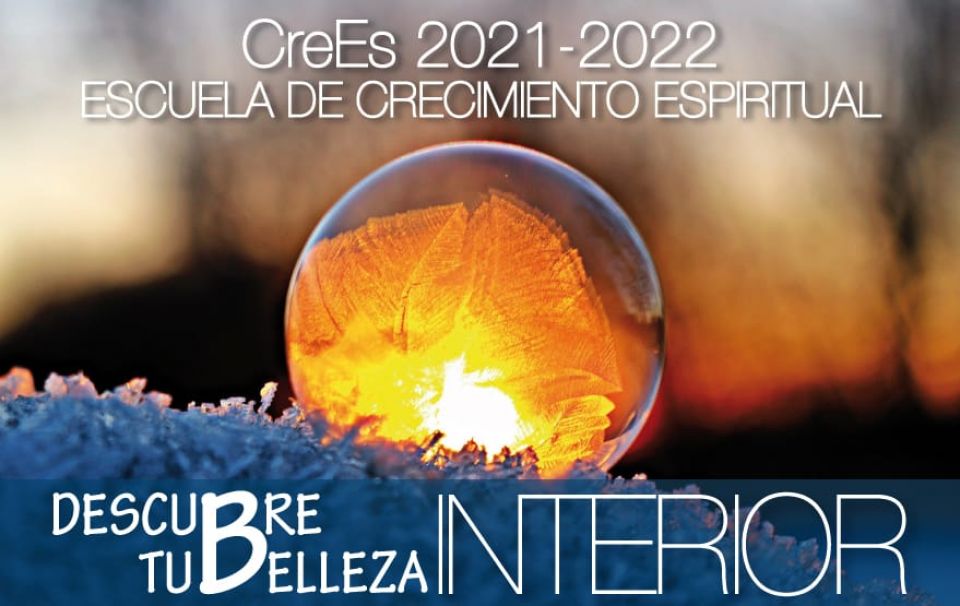For two thousand years and counting, Christians have been fulfilling, in various forms and for countless reasons, this command of Jesus: “Do this in remembrance of me” (1 Cor. 11: 24b). The Church teaches us that the Eucharist, “the source and summit of the Christian life” (Lumen Gentium 11), is a sacrifice, thanksgiving, memorial, presence, and meal (Catechism, 1356-1401). Cultural anthropologists and social scientists have argued that sacrifice is foundational to human culture. If the Eucharist is a sacrifice, how is it similar to and different from other foundational sacrificial rituals? What does it imply when an experienced psychiatrist writes that “the symbols of the Mass penetrate into the deepest layers of the psyche and its history” (Carl Jung)? What is the phenomenology of the eucharistic transformation that unfolds in human lives? If maternal breast is pivotal in the psycho-physical maturation of a human being, does the Eucharist serve a breast function in our spiritual maturation? In this course, we explore the Eucharist from an integrated interpretative lens using the paradigms of theology, psychoanalysis, phenomenology, ritual studies, and mimetic theory.
Paulson Veliyannoor is a Claretian Missionary who holds a doctorate in clinical psychology and is currently engaged in coordinating the charismatic renewal of Claretians. He holds a specialization in mysticism and human sciences, and is pursuing studies in spiritual theology. Previously he has served as assistant professor of psychology, founding director of Saint Claret College, Ziro (India), and prefect of apostolate for the Northeast India Delegation of Claretians.


